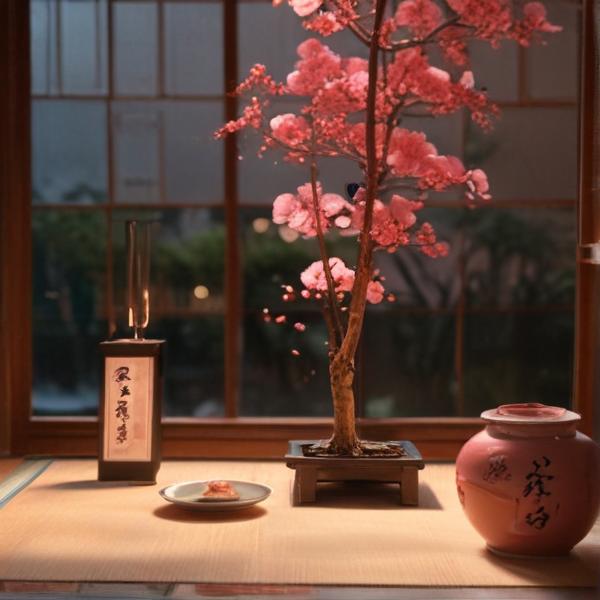基本信息 (Basic Information)
含义与用法 (Meanings & Usage)
中文核心释义 (Core Chinese Meaning): 只有,仅仅,单独;答应声(如“是”、“喏”);用作连接词表示唯一或只是。
英文核心释义 (Core English Meaning): only; solely; alone; a response of consent (like 'yes' or 'okay'); used as a conjunction meaning 'only' or 'just'.
象形意义 / 为何这么写 (Pictographic Meaning / Writing Rationale)
文言文释义 (Classical Chinese Meaning)
文言文中主要用作应答、表示同意,或用于连接词引导唯一条件,与现代意义相近。In Classical Chinese, it was mainly used to express response/agreement or introduce the only condition, similar to its modern meaning.
深入学习 (In-depth Study)
字源故事 (Origin Story)
字形演变 (Character Evolution)
常用词语和例句 (Common Words & Examples)
唯一 (the only one; unique)
他是我唯一的朋友。
Eng: He is my only friend.
唯独 (only; alone; except)
大家都到场了,唯独他没来。
Eng: Everyone was present except him.
唯有 (only; just; alone)
唯有努力,才能成功。
Eng: Only by working hard can one succeed.
相关成语 (Related Idioms)
相关成语信息待补充。Related idiom information pending.
多语言翻译 (核心释义) (Translations (Core Meaning))
- French: seulement; unique
- German: nur; einzig
- Spanish: sólo; único
- Italian: solo; unico
- Portuguese: somente; único
- Russian: только; единственный
- Arabic: فقط؛ وحيد
- Persian: فقط؛ یگانه
- Dutch: alleen; enig
- Polish: tylko; jedyny
- Vietnamese: chỉ; duy nhất
- Ukrainian: тільки; єдиний
视频学习资源 (Video Learning Resources)
通过以下链接在热门视频网站搜索 "唯" 的更多讲解:
Search for more explanations of "唯" on popular video sites:
- 在 Bilibili.com 搜索 "唯 字源 说文解字" (Search on Bilibili)
- 在 YouTube.com 搜索 "唯 character origin etymology" (Search on YouTube)
网络参考 (Web References for "唯") ()
网络内容摘要 (Web Content Summary):
唯(拼音:wéi)是一个常用汉字,核心含义为“只有”或“只是”,常作副词使用,表示限定、单一。比如:“唯有努力,方能成功。” 唯 (pinyin: wéi) is a common Chinese character. Its core meaning is “only” or “just,” often used as an adverb to express restriction or exclusivity. For example: “Only with hard work can one succeed.”
此外,唯还有“应答”“应诺”之意,常见于古汉语,如“唯唯”、“唯诺”等,用于答应别人时显得恭谨。 Additionally, 唯 can mean replying affirmatively, especially in Classical Chinese, as in “唯唯” (a polite response) and “唯诺” (readily agreeing to someone).
易混淆点:“唯”容易与“惟”混淆。二者读音相同,但“唯”偏重于应答、限定,“惟”则与思考有关(左边有“心”旁),常表示“思考、考虑”。 Possible confusion: “唯” is easily confused with “惟.” Both are pronounced “wéi,” but “唯” focuses on response or limitation, while “惟” (with the heart radical) often relates to thinking or considering.
- 常用词:唯有(only)、唯独(only; alone)、唯唯(polite reply)、唯诺(readily agree)。 Common words: 唯有 (only), 唯独 (only; alone), 唯唯 (polite reply), 唯诺 (readily agree).
小结:“唯”主要用于表示唯一或应答,有时容易与表达思考的“惟”混用,学习时需注意。 Summary: “唯” is mainly used to express “only” or to give a reply. It is sometimes confused with “惟,” which refers to thinking. Pay attention to the context.
汉字"唯"的起源、演变过程-汉字字源辞典
汉字字源辞典收录3519条汉字词条,基本涵盖了常见汉字的字源解析,是汉字研究的必备工具。 ... 与 "唯" 易混的字是 "惟" 。左边形义符是 "心" (忄) ,表示用心思考。 《说文》 : "惟, 凡思也。 " 小篆写作 ...
唯的解释|唯的意思|汉典"唯"字的基本解释 - 漢典
比喻差别不大);唯俞(应答辞);唯唯(恭逊的应辞);唯诺(应答;连 声应诺而不表异议) 词性变化. 唯 wéi 〈副〉 (1) 只有,只是 [only;alone] 唯圣人为能和。 唯北狄野心。—— 南朝 梁 · 丘迟 《与陈伯之书》 唯余其一。—— 吴均 《与朱元思书》 唯巨石岿然。
更多图片 (唯 More Images) ()
